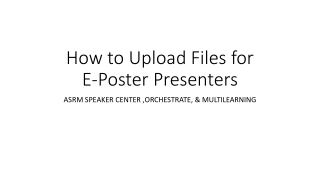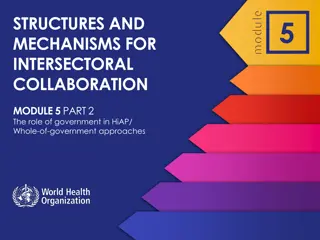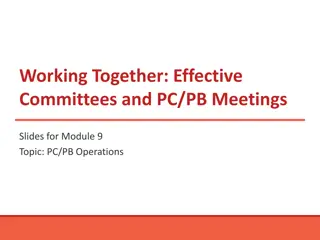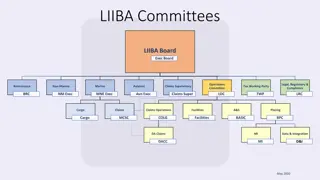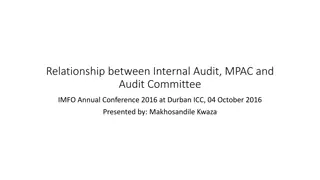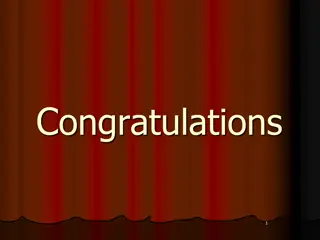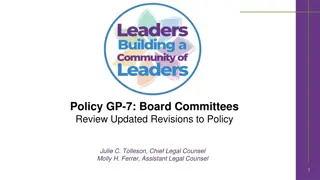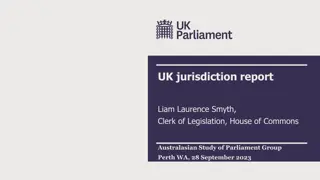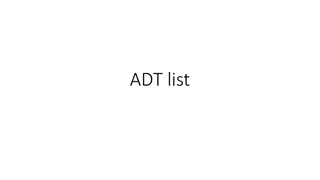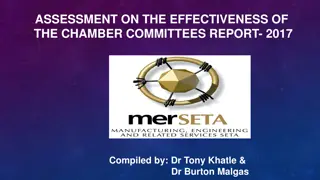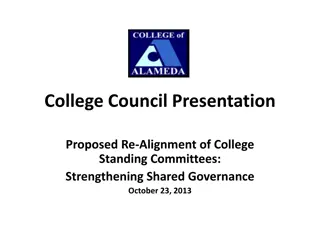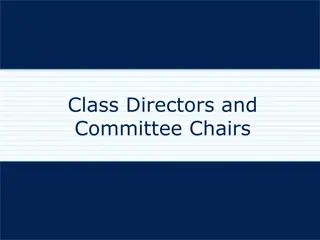Understanding the Speaker's List in Committees
A Speaker's List is a crucial tool in committee proceedings, outlining the order of delegates set to deliver formal speeches. Delegates can request to speak by raising their placards and must be acknowledged by the Chair to open or close the list for agenda setting or voting. Once enough speeches are heard, a motion can be made to vote on the agenda. Failure to maintain the list may lead to a forced resolution vote. The process involves protocol and discretion by both delegates and the Chair.
Download Presentation

Please find below an Image/Link to download the presentation.
The content on the website is provided AS IS for your information and personal use only. It may not be sold, licensed, or shared on other websites without obtaining consent from the author. Download presentation by click this link. If you encounter any issues during the download, it is possible that the publisher has removed the file from their server.
E N D
Presentation Transcript
WHAT IS A SPEAKERS LIST A Speaker s List is a list that contains the order of speakers in a committee! Being on the speaker s list means that the delegate of the country is in line to make a formal speech. The Chair of a committee will maintain an updated speakers list of delegates who would like to make a formal speech and call up the delegate when it is their turn.
A Speakers List is used for: - Setting the Agenda - Country position speeches - During moderated caucuses Keep in mind, after you speak, you are erased from the list and can only be added by sending a note to the chair or by raising your placard when the chair asks if any countries want to be added.
A delegate must open the speakers list to set the agenda. 1. Raise your placard and wait to be called on. 2. After the Chair acknowledges you, say The delegation/delegate of Country X rises to make a motion to open the Speaker s List for the purpose of setting the agenda. 3. It is up to the Chair s discretion to open the speaker s list. Once it is open, the Chair will call on delegates to speak and keep a running list.
When the committee feels enough speeches has been heard for setting the agenda, a delegate can motion to close the speaker s list and vote on the agenda! 1. 2. Raise your placard and wait to be called on. After the Chair acknowledges you, say The delegation/delegate of Country X rises to make a motion to close the Speaker s List for the purpose of voting on the agenda. This means you want to close the list permanently to vote on which topic goes first. After the committee has chosen a topic (aka the agenda is set), you must reopen a speaker s list on the topic!
Opening a speakers list for the topic is the exact same, except you slightly alter a few words. Once again: 1. 2. Raise your placard and wait to be called on. After the Chair acknowledges you, say The delegation/delegate of Country X rises to make a motion to open the Speaker s List for the purpose of discussing topic A . - You can also say open for the purpose of introducing position speeches, etc However, if the list expires (meaning there s no more countries on the list), the committee will be forced to vote on a resolution! (So RAISE YOUR PLACARD!)
You may want to close the speakers list to move onto the voting procedure but will need a majority vote/consensus from the committee! The speaker s list should be properly maintained by the Chair, but it doesn t hurt for delegates to keep a mini one in order to ensure that the Chair is correct and to be prepared!



